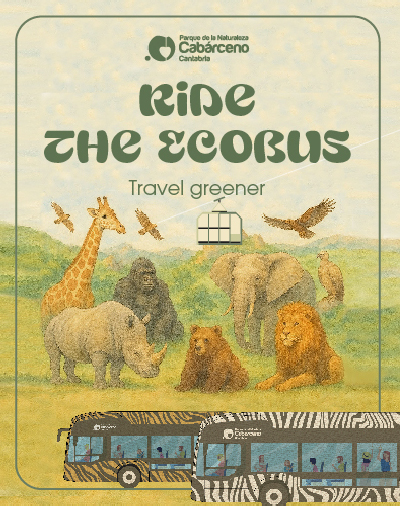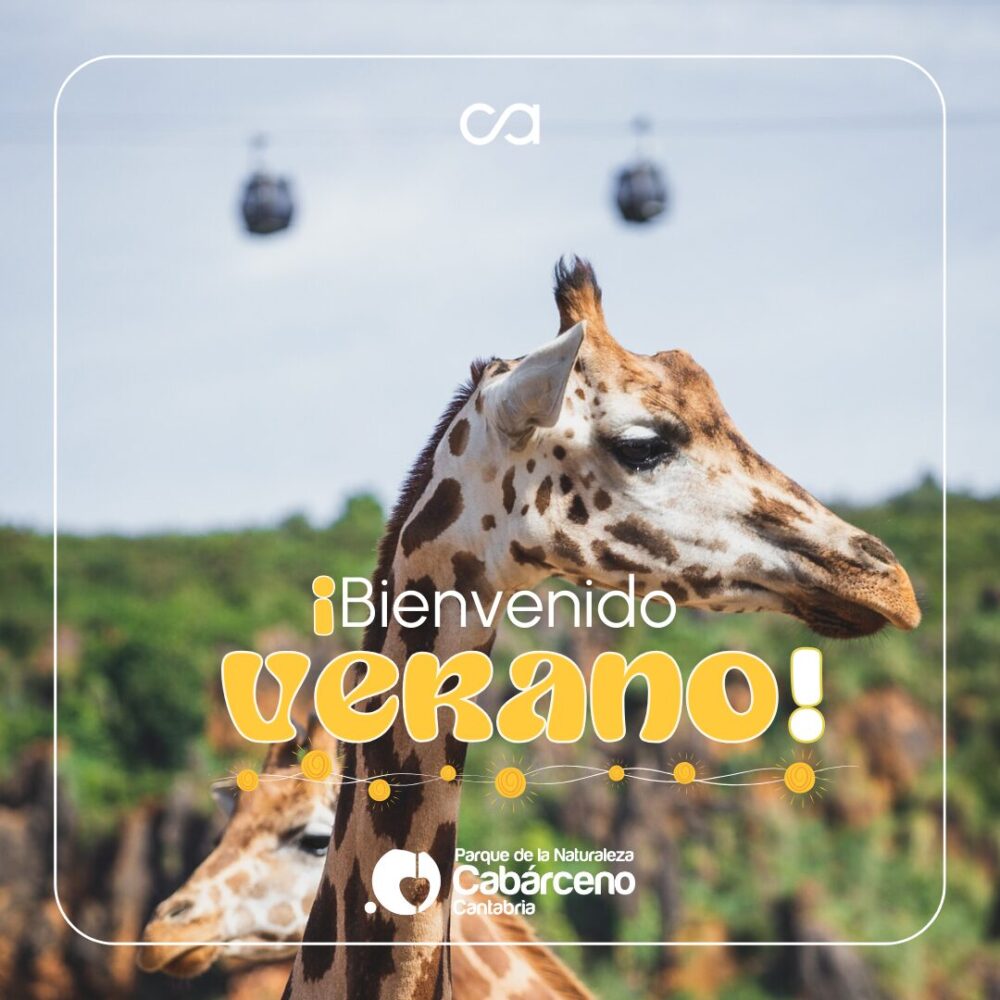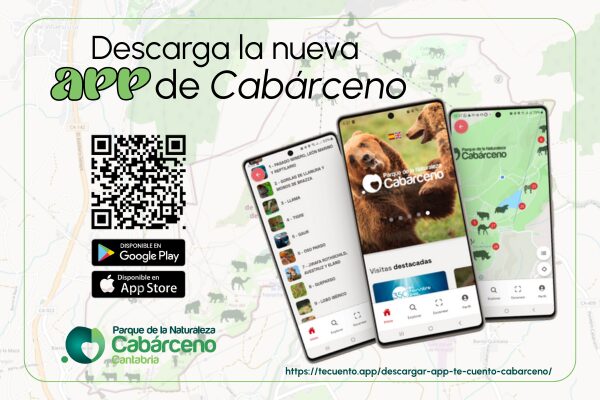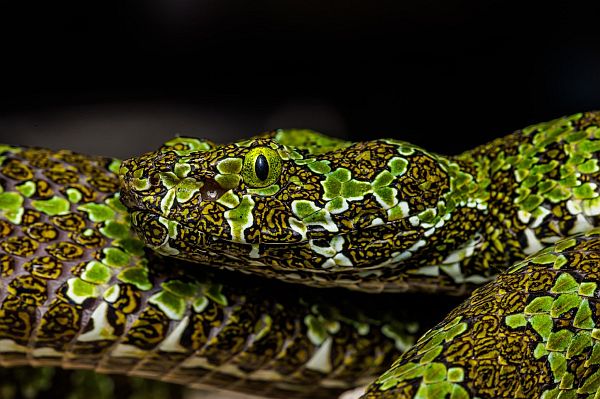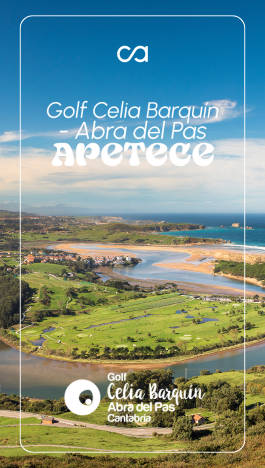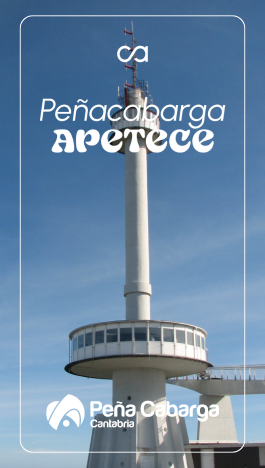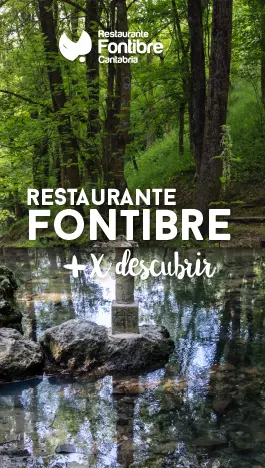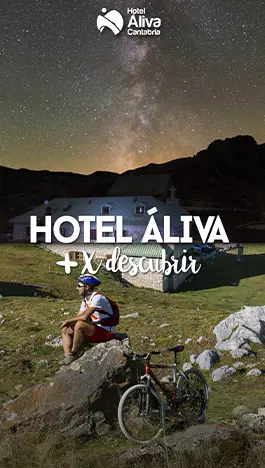The Cabárceno EcoBus, available one more summer
Once again this summer, the Cabárceno EcoBus will be running for all visitors who prefer to park their car and explore Cabárceno in a more comfortable, sustainable, and environmentally friendly way.
Cabárceno Nature Park’s free electric bus will be available every day of the week from July 15th to September 15th, operating from 9:00 AM to 6:00 PM.
As usual, the Cabárceno EcoBus makes stops at various points throughout the Park. From these stops, you can easily visit nearby animal enclosures on foot or embark on one of the marked hiking trails. After exploring, you can simply hop back on the EcoBus to continue your journey to the next stop, more enclosures, and additional routes.
As in previous years, this free EcoBus service will operate with two distinct lines. Both lines include a stop at the Rhinoceros enclosure, where you can easily transfer from one line to the other.
- The Bears Line (Línea Osos) of the free Cabárceno EcoBus runs approximately every 45 minutes. It starts its route at the Rhinoceros enclosure at 9:00 AM and makes its last daily run at 6:20 PM. This line includes stops at: Rhinoceros – Bears – Lions – Bison – Grevy’s Zebras – Gardens – Cable Car (at Elephants) – Los Osos Restaurant – Rhinoceros
- The La Mina Line of Cabárceno’s free EcoBus operates with an approximate frequency of 30 minutes. The first bus departs at 9:00 AM from the La Mina cafeteria parking lot, and the last departure from the same point is at 6:20 PM. This line includes stops at: La Mina parking lot – El Plano parking lot – Rhinoceros – Native Fauna – La Mina
Download the map with the routes and stops of the Cabárceno EcoBus and enjoy the Park without rushing.
This summer, Cabárceno is appealing.

